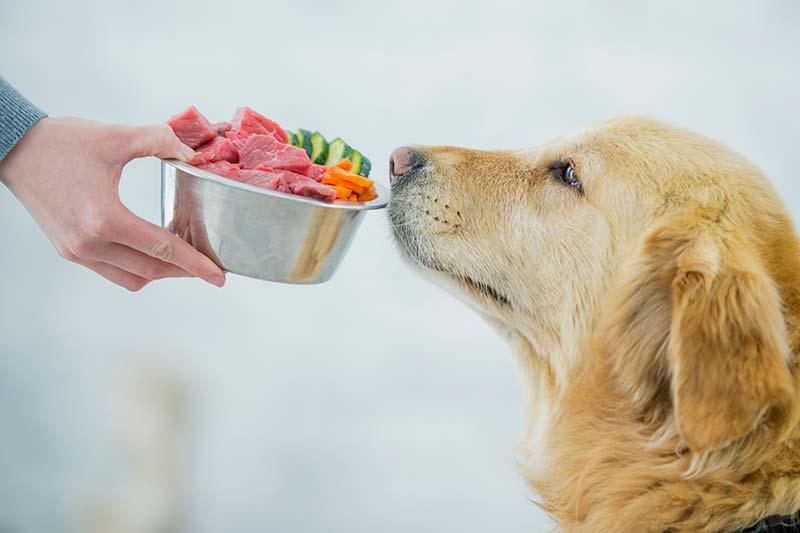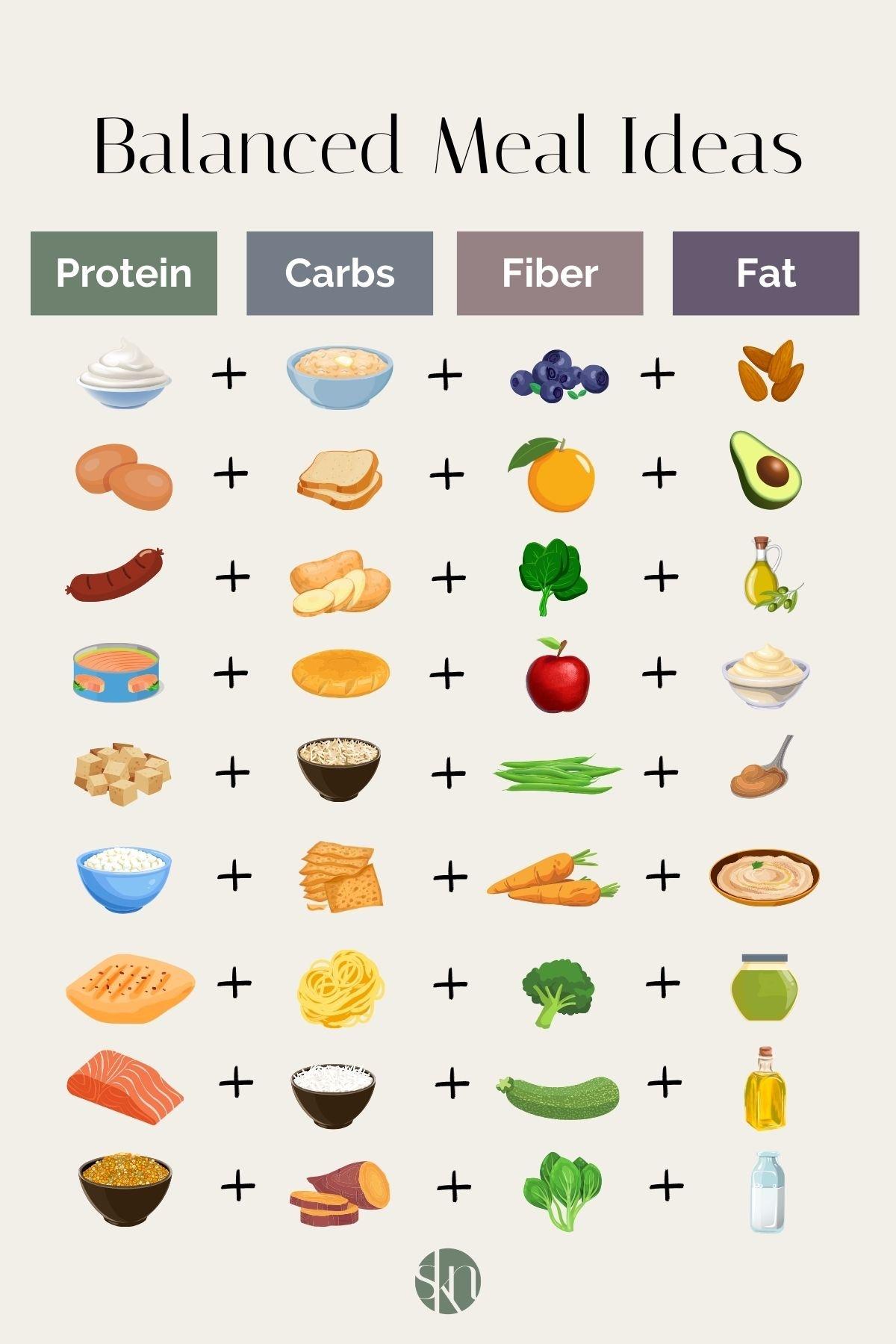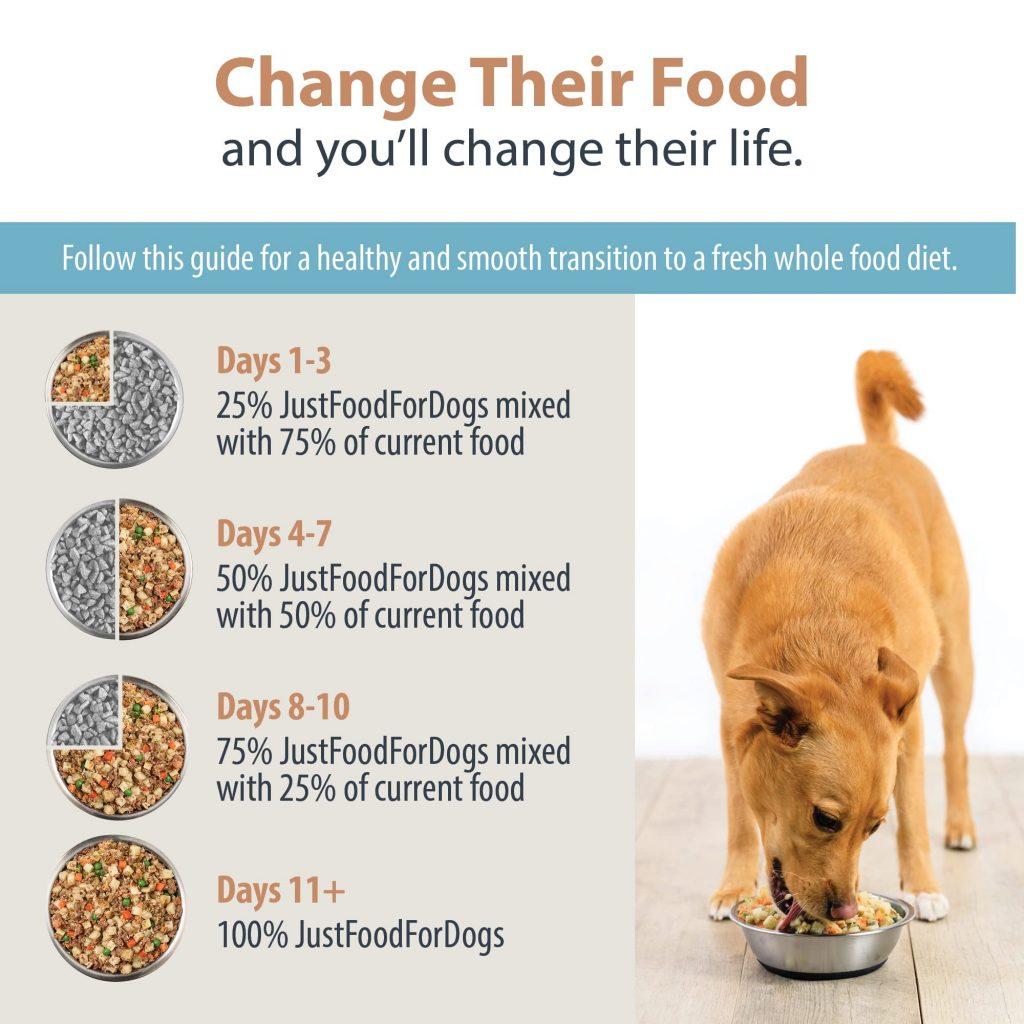
Tailoring Tails: Seasonal Diet Adjustments for Your Pets
As the seasons change, so do the rhythms of nature—from the vibrant blooms of spring to the crisp air of autumn. Just as we adapt our wardrobes and routines to fit the shifting climate, our furry companions also require a thoughtful adjustment to their diets. “Tailoring Tails: Seasonal Diet Adjustments for Your Pets” delves into the vital connection between the changing seasons and the nutritional needs of our beloved animals. Exploring the diverse dietary requirements that vary from winter’s heartiness to summer’s lightness, this article will guide pet owners in creating balanced, seasonally appropriate meal plans that promote health, vitality, and happiness for their pets. join us as we uncover the ways to keep tails wagging and purrs humming throughout the year.
Table of Contents
- Understanding Your Pet’s Seasonal Nutritional Needs
- Embracing Variety: Introducing Seasonal Ingredients
- Crafting Balanced Meals for Seasonal Wellness
- Monitoring Health: Signs Your Pet Needs Dietary changes
- Insights and Conclusions

Understanding Your Pet’s Seasonal Nutritional Needs
As the seasons change, so do your pet’s nutritional requirements. In warmer months, it’s vital to keep hydration at the forefront of their dietary regimen. High temperatures can lead to increased thirst and potential dehydration,especially for active pets. consider incorporating these elements into their diet:
- Water-rich fruits: Options like watermelon and cucumbers can keep them hydrated
- Cool treats: Homemade frozen treats made from broth or pureed fruits can be delightful and refreshing
- Light proteins: Lean meats and fish are excellent choices for maintaining energy without the heaviness
As autumn approaches,your pet might benefit from a diet that supports their immunity and coats. With cooler temperatures, instincts often shift towards fattening up for winter. Consider implementing a balanced diet rich in:
- Omega fatty acids: Salmon and flaxseed oils help maintain a healthy coat and skin
- Seasonal vegetables: Pumpkins and sweet potatoes not onyl provide fiber but also essential vitamins
- Complex carbohydrates: These will provide sustained energy during their brisk walks in the crisp air

Embracing Variety: Introducing Seasonal Ingredients
As the seasons shift, so too should the dietary habits of our beloved pets. Embracing seasonal ingredients enhances their nutrition while keeping mealtimes exciting. Incorporating fresh,local produce not only supports lasting practices but also introduces a variety of flavors and textures that pets may adore. Here are some seasonal ingredients to consider:
- Spring: Peas, asparagus, and carrots
- summer: Blueberries, zucchini, and spinach
- Autumn: Pumpkin, sweet potatoes, and apples
- Winter: Kale, brussels sprouts, and cranberries
Experimenting with these ingredients can lead to delectable meals that cater to your pet’s palate. Create homemade treats or enrich their kibble with a touch of seasonal flair. Consider the following table as a guide for nutrient benefits:
| Ingredient | Nutrient Benefits |
|---|---|
| Pumpkin | Rich in fiber and vitamins A, C, and E |
| Blueberries | High in antioxidants and vitamins C and K |
| sweet Potatoes | Excellent source of beta-carotene and fiber |
| Kale | Packed with vitamins A, K, C, and calcium |

Crafting Balanced meals for Seasonal Wellness
As the seasons change, so too should the meals you prepare for your pets. Each season brings its own bounty of fruits, vegetables, and proteins that can enhance your furry friends’ diets and boost their overall health.As a notable example, during the warmer months, you can incorporate fresh fruits like watermelon, blueberries, and strawberries into their meals. These options not only provide hydration but also offer antioxidants that support their immune system. When autumn arrives, consider adding root vegetables such as sweet potatoes and carrots, which are rich in vitamins and fiber, helping to maintain their digestive health as they transition to cooler weather. Remember to keep a watchful eye on portions and avoid ingredients that may cause allergies or digestive issues in your pets.
It’s also beneficial to adjust protein sources based on seasonal availability. Lean meats such as chicken and turkey are ideal during spring and summer, as they support your pets’ energy levels during active playtime. In contrast, as winter approaches, shifting to heartier options like fish or even legumes can provide the necessary warmth and nourishment they need.A simple way to visualize these changes is through a table of seasonal ingredients:
| Season | Fruits | Vegetables | Proteins |
|---|---|---|---|
| Spring | strawberries, Pineapple | peas, Spinach | Chicken, Turkey |
| Summer | blueberries, Watermelon | Cucumbers, Bell Peppers | Fish, Lean Beef |
| Autumn | Apples, Pears | carrots, Sweet Potatoes | Lamb, Eggs |
| Winter | Bananas, Oranges | brussels Sprouts, Pumpkin | Fish, Legumes |
With these seasonal adjustments, your pets can enjoy a diverse diet that promotes their health and happiness throughout the year. It’s essential to consult with your veterinarian before making any significant diet changes, ensuring each meal is tailored to your pet’s specific health needs.

Monitoring Health: Signs Your Pet Needs dietary Changes
Understanding your pet’s needs is essential for their well-being, and their diet plays a pivotal role in maintaining optimal health. watch for subtle indicators that it might be time to reconsider their food. Signs to observe include:
- Changes in Weight: Unexplained weight gain or loss can signal dietary imbalances that need addressing.
- Digestive Issues: frequent vomiting, diarrhea, or gas may indicate that their current diet isn’t suitable.
- Energy Levels: A noticeable drop in energy can be related to nutritional deficiencies or excessive calories.
- Skin and Coat Quality: Dull fur, excessive shedding, or skin irritations may stem from improper nutrients.
regular monitoring of your pet’s behavior and health can guide you in making necessary dietary shifts.When contemplating a diet change, consider these aspects:
| Aspect | Consideration |
|---|---|
| Age | Older pets may require diets lower in calories and higher in fiber. |
| activity Level | Active pets need more protein and healthy fats to sustain their energy. |
| seasonal Changes | In winter, consider adding omega fatty acids for coat health and energy. |
insights and Conclusions
As the seasons change, so too should our approach to our pets’ diets. Just as nature transitions, providing our furry companions with an adaptable nutritional plan can enhance their well-being and vitality. Recognizing the unique needs that arise with the fluctuation of temperatures and available ingredients allows us to craft meals that are not only nourishing but also resonate with the rhythm of the year.
By embracing the concept of tailored nutrition, we empower ourselves as pet owners to make informed choices that support our animals in every season. Whether it’s adding seasonal fruits in summer, incorporating hearty grains in winter, or adjusting proteins in the spring and fall, these mindful adjustments can lead to happier, healthier pets.
So, as you embark on this journey of seasonal diet adjustments, remember that your pets rely on you to guide them through a year filled with variety and balance. Tailor their tails with love and attention, and watch them thrive in every season that unfolds.




